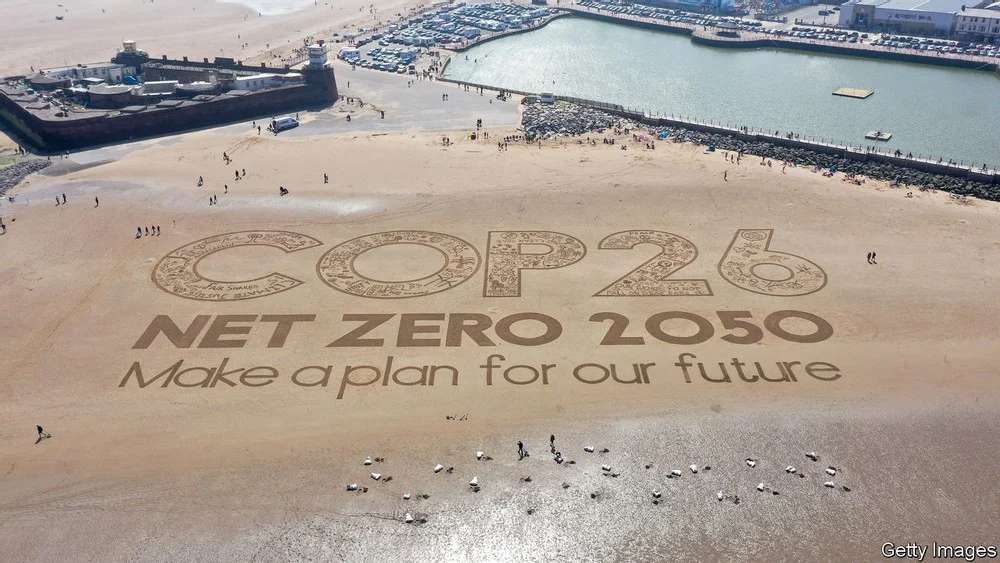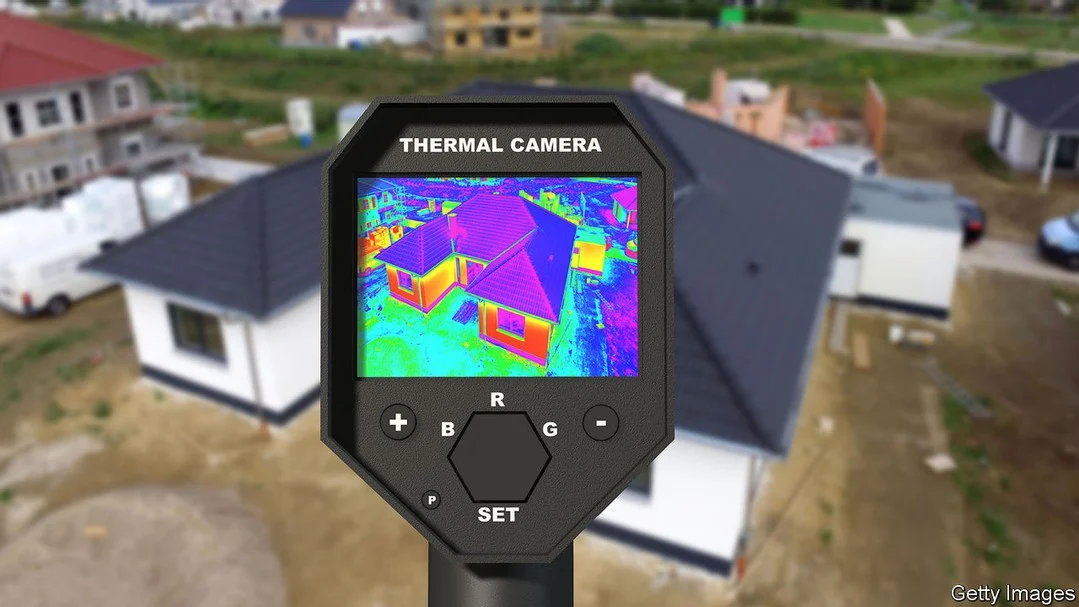WITH CHARACTERISTIC bombast, Boris Johnson, Britain’s prime minister, told the UN General Assembly in September that COP26 would be “the turning point for humanity”. The UN’s annual climate summit, delayed by a year because of covid-19, will be held in Glasgow during the first two weeks of November. Mr Johnson’s speech called to mind the words of Christiana Figueres, then the head of the United Nations Framework Convention on Climate Change, at the opening of COP21 in Paris in 2015: “Never before has a responsibility so great been in the hands of so few.”
COP21’s goal was to produce the Paris agreement, which committed signatories to keeping global warming to “well below” 2°C above pre-industrial levels, and preferably to 1.5°C. The objectives of COP26, however, are less clear. What can you expect from the summit?
New targets
Most notably, COP26 is the deadline for countries to submit updated “nationally determined contributions” (NDCs). These pledges outline how countries plan to lower their greenhouse-gas emissions. NDCs gave countries the flexibility to decide on their own courses of action, convincing many more to sign up to the Paris agreement than might otherwise have done so. But adding together all the emissions cuts proposed in the plans is still not enough to bring the world anywhere close to the less-than-2°C goal.
Accordingly, the Paris agreement also included a “ratchet mechanism”, which requires countries to increase the size and scope of their NDCs every five years. As of mid October, 107 countries, plus the European Union, had submitted updated NDCs. But many had not. They must do so before COP26 starts, meaning that much of the conference will be taken up with debates over countries’ targets and, most probably, denouncements of their lack of ambition.
Who pays the bill?
The other big topic will be who pays for developing countries to mitigate and adapt to climate change. Since 2009, rich countries have repeatedly promised poor ones that they would provide $100bn a year by 2020. They have fallen far short of that. A sizeable number of NDCs contain emissions-reduction commitments that are conditional on the countries receiving more money.
Poor countries—particularly the ones most vulnerable to the effects of climate change, such as those in sub-Saharan Africa and low-lying island states—will also push for formalised “loss and damage” financing. This reimburses them for the negative consequences of rising temperatures that they have already experienced. Such a mechanism was given vague approval in the Paris agreement, but rich countries are predictably leery. In 2019, at COP25 in Madrid, developing countries demanded that it be codified and strengthened, though nothing much happened then.
Any other business
There are other things to watch, too. A “global methane pledge” will be launched at COP26 by America and the European Union, which hope that other countries will join them in promising to slash methane emissions by 30% by 2030, against 2020 levels. The greenhouse gas is much more potent but less long-lasting than carbon dioxide, and a rapid reduction is needed to stop the world from warming by more than 1.5°C in the next decade or so. And Britain, in particular, is pushing countries to commit to phasing out coal. Further negotiations will likely focus on how international carbon markets should work.
Not just governments
Finally COP26 will serve, as COP21 did, as a chance for some companies and investors to brag about their climate commitments to the world, and will generate further pressure on others to reduce their environmental impact. This means that political statements made there—such as assertions that fossil fuels are on the way out—have the potential to sway businesses and markets. Mr Johnson’s claim that COP26 will be an inflection point for the world is probably overhyped. But the summit is important nonetheless.
By The Economist





